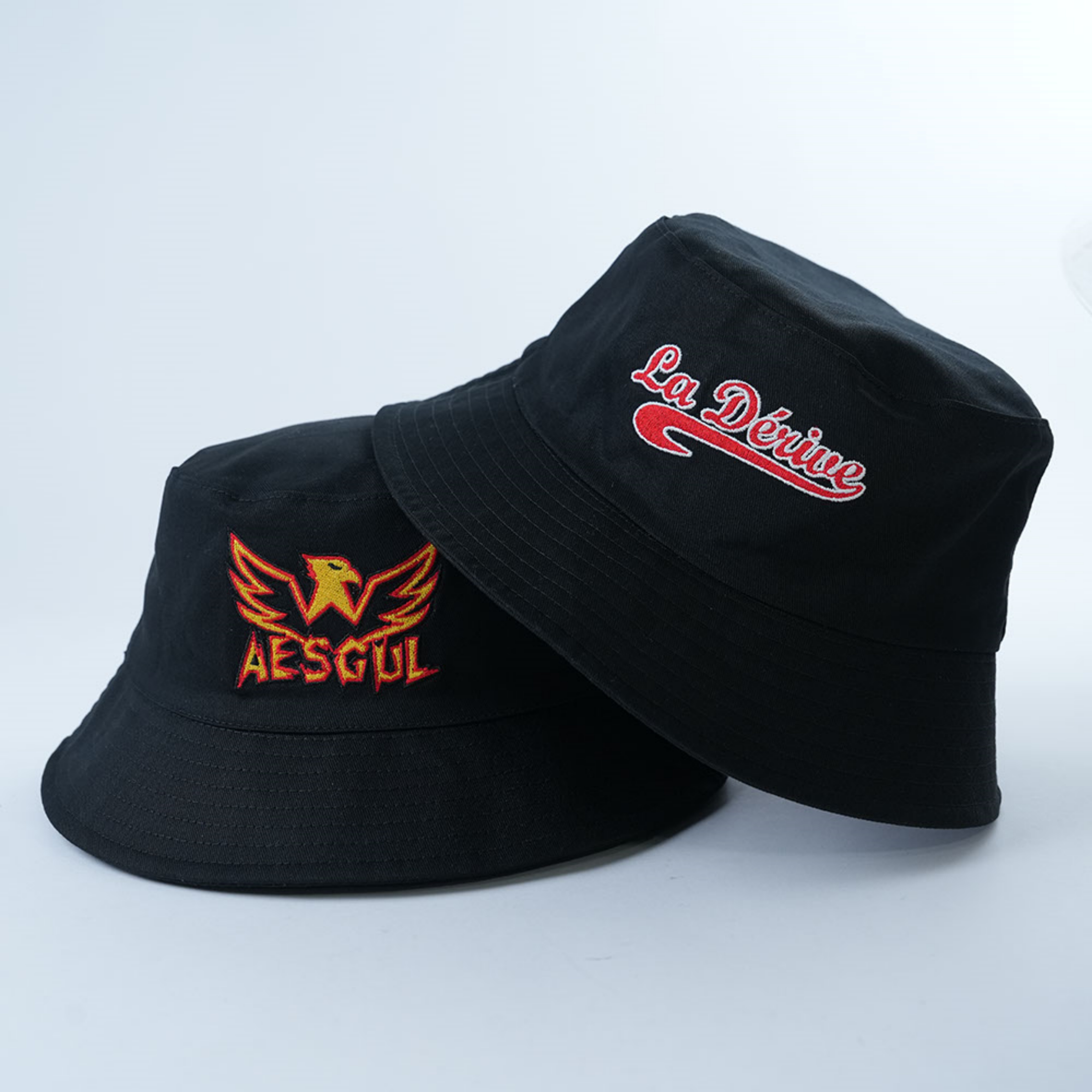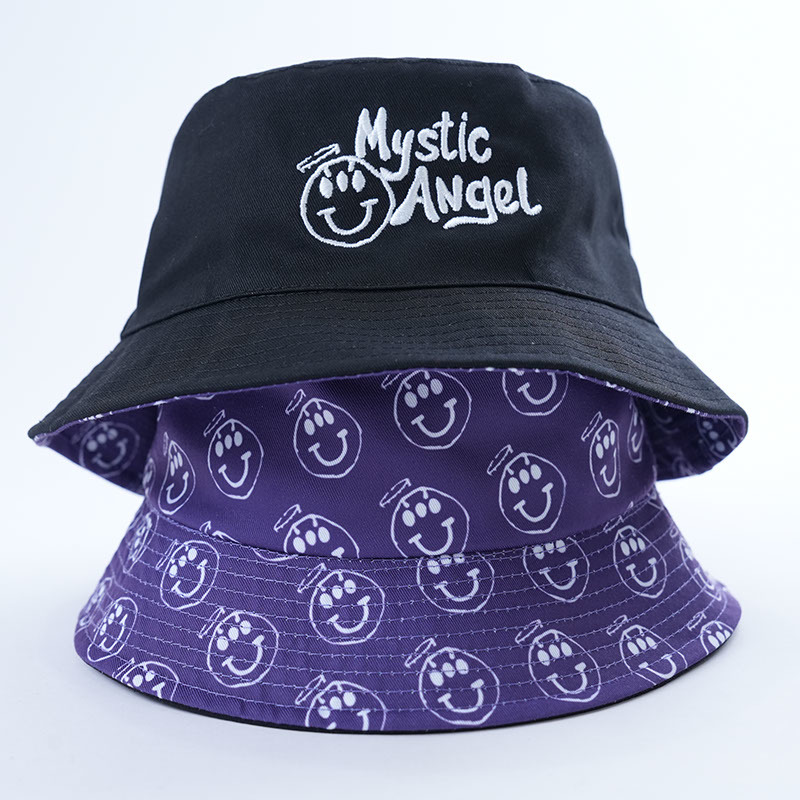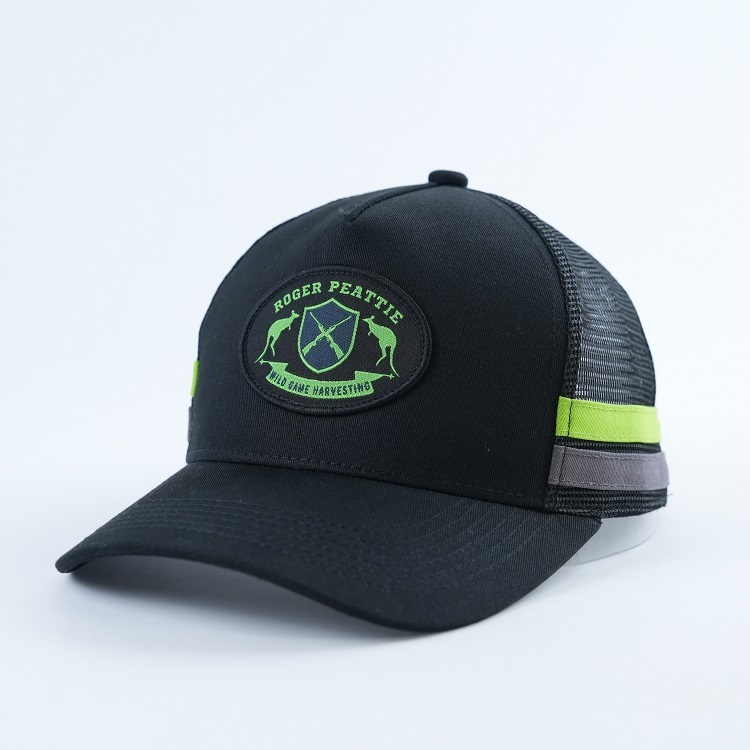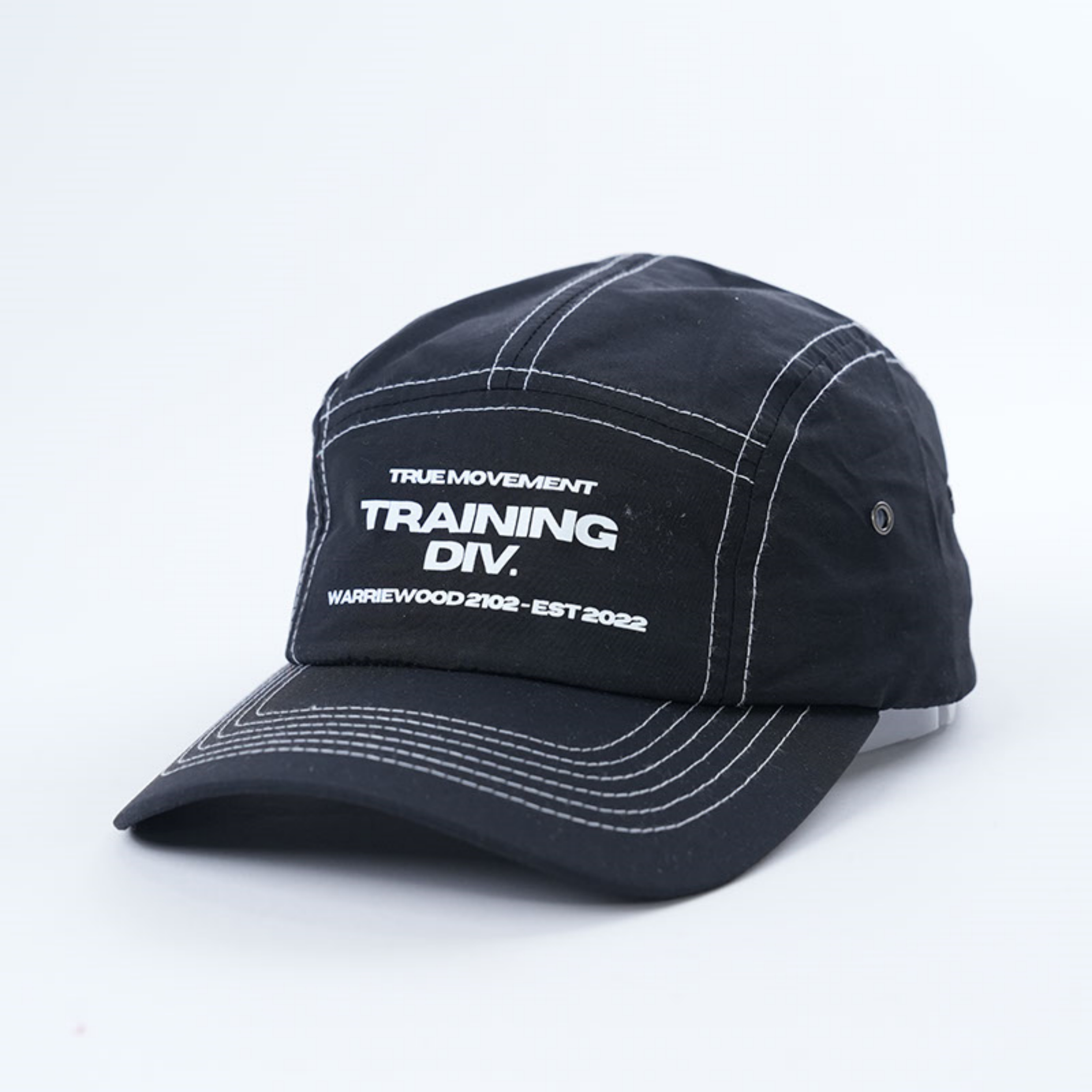The Complete Production Process of Hats: Quality Control from Fabric to Finished Product
Regarding the production of hats, each production step must balance efficiency and quality to ensure products meet the needs of markets in different countries. From raw material processing to finished product inspection, the process is closely linked, as detailed below.
1. Fabric Preprocessing: Solving Potential Problems in Advance
Before formal production, the hat fabric needs preprocessing. For natural fabrics such as cotton and wool, steam treatment is used for pre-shrinking, controlling the shrinkage range within a reasonable level to prevent the finished product from shrinking in size after washing, which affects wearing. For synthetic fabrics like polyester and nylon, anti-static treatment is conducted to prevent dust adsorption during production and keep the fabric clean. In addition, all fabrics undergo testing to ensure they do not fade easily after multiple washes, reducing problems for customers during subsequent use, especially adapting to markets such as Europe, America, Japan and South Korea that have higher requirements for fabric durability.
2. Precision Cutting: Ensuring Consistency of Each Cut Piece
During cutting, digital equipment is used to cut the fabric according to the designed drawings, dividing the fabric into different parts such as the hat top, hat body, and brim. The cutting precision is high, and the size error of each cut piece is small during mass production, which can adapt to the unified size standards of overseas markets, such as the common S/M/L sizes in Europe and America, and the one-size-fits-all needs in Japan and South Korea. If the fabric has patterns such as stripes and checks, special attention is paid to the pattern direction to ensure that the patterns of each part are neatly spliced after cutting without misalignment, meeting the requirements of overseas customers for appearance details. After cutting, the cut pieces are numbered and classified to avoid confusion between different styles and sizes, improving the efficiency of subsequent production.
3. Meticulous Sewing: Balancing Firmness and Aesthetics
The sewing process mainly uses professional sewing machines. Especially for mass-produced styles commonly seen in foreign trade, such as baseball caps and bucket hats, the stitch density is uniform and stable, ensuring that the joints of the hat are firm and not easy to break during daily wear. Even after long-distance transportation and turbulence, the risk of loose stitches can be reduced. The edges of all sewn parts will be edge-wrapped or overlocked, which not only prevents the fabric edges from fraying and extends the service life of the hat, but also makes the hat edges flatter, improving the overall texture and meeting the basic requirements of overseas markets for product workmanship.
4. Shaping and Finishing: Keeping the Hat Stiff and Beautiful
In the shaping stage, steam equipment is used to shape the hat, and the appropriate temperature and time are adjusted according to the fabric characteristics. For example, the shaping time for cotton fabrics is relatively short, while that for wool-blended fabrics needs to be appropriately extended. This ensures that the hat forms a fixed shape and can quickly return to its stiff state even after multiple wears and squeezes. After shaping, the finishing stage begins: trimming excess threads to avoid residual threads affecting the appearance; checking if the stitches are flat and free of skipped stitches or missed seams; confirming that the embroidery, prints and other decorations on the hat are firmly pasted or sewn to prevent falling off; finally, checking the size and appearance of each hat one by one to ensure there are no stains, damages or other problems. Only qualified hats can enter the packaging stage and be prepared for export to various overseas markets.
Tag:
Related Posts
The Complete Production Process of Hats: Quality Control from Fabric to Finished Product










